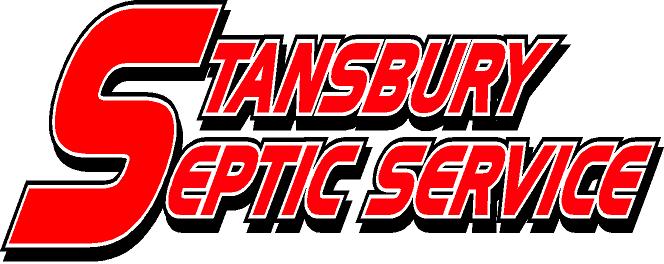Commercial Grease Trap Installations
Over 30 Years of Experience | Licensed and Insured | Free Estimates
Over 30 Years of ExperienceLicensed and InsuredFree Estimates
Kitchen wastewater flows through the grease trap before entering your septic system and creates a floating scum layer that digests over time into your sewage water. The grease trap catches the grease before it goes into the sewer lines, helping lower the risk of clogged sewer lines.
Large amounts of fats and cooking greases such as lard solidifies once the temperature has cooled and can cause blockages in drain pipes. Grease traps reduce the blockage in drain pipes which could save you thousands of dollars in repairs and sewage cleanups.
Should You Install a Grease Trap?
If you own a commercial property that cooks greasy foods, you should have a grease trap installed and maintained regularly.
Stansbury Septic Service recommends pumping your grease trap one to two times per year to avoid an unpleasant odor and to ensure your grease trap is working properly.
FREE Estimates!
(318) 366-4031
Best Call I ever made!! These guys are my heroes! They quickly responded to my cries of help and were very friendly, professional and informative. Thank you gentlemen for getting my household back up and running so quickly! I highly recommend them to everyone!
- Betsy Busby


Share On: